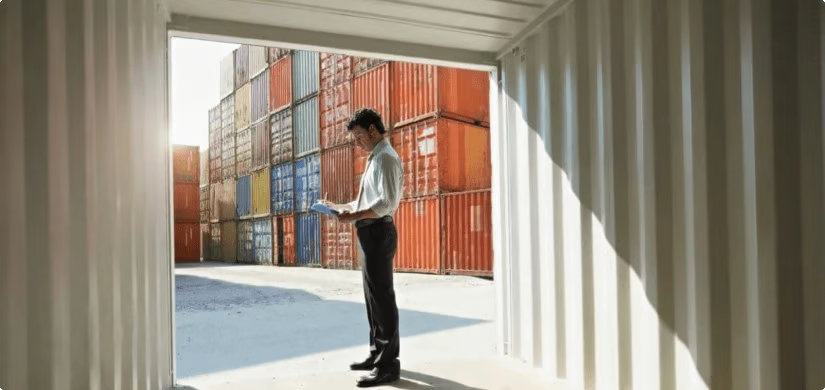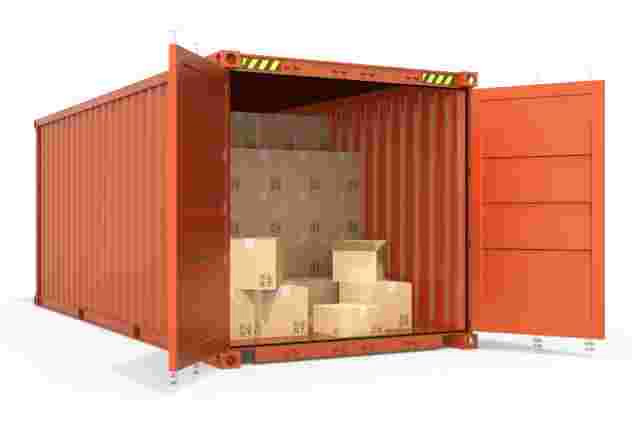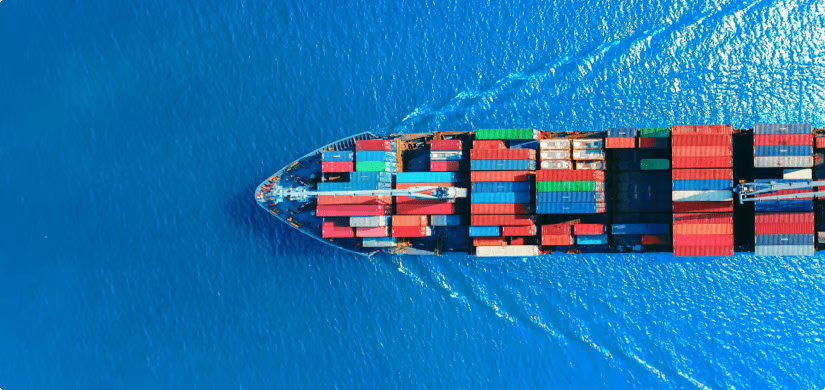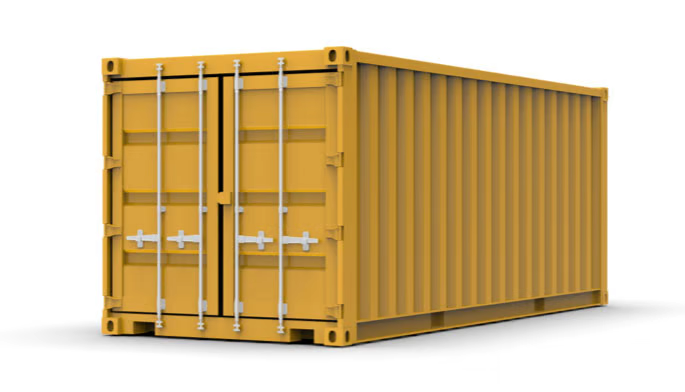Get International Ocean Freight Rates in 30 Seconds
Streamline your shipping with FreightMango’s best ocean freight rates & management services.

Save money on smaller shipments and inventory costs.
Get status updates for the entire duration of your shipments with end-to-end reporting.
You’ll have a dedicated team to handle all logistics, planning, documentation, and customs

Less-than-container load (LCL) shipping offers many benefits for shippers and logistics managers alike, including reduced costs for moving goods, improved flexibility and more control over inventory management. FreightMango enables you to compare quotes from multiple freight forwarders and NVOCCs, allowing you to choose the best fit for your budget and timeline.

Organize FCL shipments that come without loading and unloading delays.
Get quotes from multiple freight forwarders and choose the best price for you.
We help you streamline the FCL shipping process, doing most of the heavy lifting so you don't have to.

FreightMango enables you to search and get the best rates for your FCL shipments in one place. Our platform enables you to streamline the process of getting your goods from A to B online, and in real time.
Using our FCL ocean freight management services comes with many advantages.
Benefit from our automated customs clearance, document storage, and track and trace throughout the customs process.
FreightMango delivers a complete solution to manage your shipments from producer/supplier to Amazon distribution centers.
Get paid quicker for your shipped goods, and use the money for your working capital or business growth. Get up to 90% of your invoice value paid upfront.
Don't wait days or weeks. Get quotes instantly and compare offers in real time to find the best rate for you.
Sort out your shipping online with a few clicks.
Manage your shipping documents online, 24/7. Communicate and collaborate with internal and external stakeholders all in one place.
Track your shipments 24/7 and provide accurate estimated delivery times.
Keep your shipping consistent and meet your delivery commitments by managing everything in FreightMango.
Sounds good? Start getting shipping quotes.